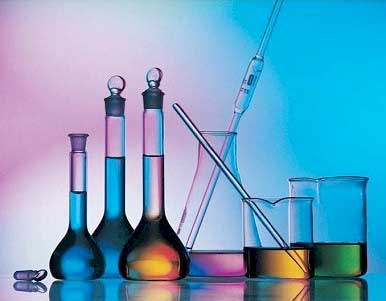Our WTS environmental managers frequently encounter unknown materials in the field at customer sites, either in lab settings or hazardous waste cabinets and storage areas. Detailed below are the tests and best practices that WTS environmental managers put into use when they encounter unknown materials in the field.
Before delving into the tests themselves, it is important to note that these activities are deployed mainly to rule out certain hazards and rule in certain safe protocols/packaging, not as a full identification and characterization of materials. Full identification & characterization of course is conducted in a certified laboratory setting. Many times, what the material is not can be determined, the tests detailed below determine what it is (without analytical testing).
Back to the field, FIRST assume all unknowns are extremely dangerous to you and others. Employ all engineering and safety controls possible (e.g. fume hoods) along with appropriate personal protective equipment (PPE) such as face shield, gloves, Tyvek, etc.
Ask many questions: Where did this material come from? What do they do there (processes or products)? What does this location make? How long has this process been operating? Site/plant/facility history?
Unknown Reviews:
| Description | Comment / Test |
|---|---|
| pH | Test Strip |
| Air Reactive | Visual |
| Water Reactive | Visual |
| Water Solubility | Visual |
| Hexane Solubility | Materials that are soluble in both water and hexane are polar (low molecular weight ketones and alcohols). Also on the water solubility test, water insoluble liquids that float have SpG’s<1, water insoluble liquids that sink have SpG’s>1 (indicating halogenated compounds) |
| Ignitability | Use a small propane torch. Set flame on a low setting, saturate a cotton swap with the liquid sample and quickly pass it through the flame. Low flash materials (<100F) will ignite and burn on the first pass. If sample does not ignite on the first pass, repeat one or two times. If it ignites on these passes it is combustible and is probably a D001. The color of flame and smoke, if any, is a good indicator of type of material. A clean blue/yellow flame indicates alcohols, ketones and other oxygen bearing compounds. A clean yellow flame: low molecular weight hydrocarbon. A yellow flame with sooty black smoke indicates high molecular weight HC’s and aromatics (toluene, xylene, styrenes etc.) white smoke and crusty ash on the swap indicate silicones. |
| Radioactive | Geiger counter |
| Peroxide | Test strip, treat with solution of sodium metabisulfite |
| Oxidizer | Place a drop of dilute HCl solutions on a potassium iodide/starch test strip. Touch the strip to the sample. Even weak oxidizers (3% hydrogen peroxide) will the turn the wetted portion of the strip to a dark purple/black immediately. |
| Sulfide | Place a small amount of the sample (1ml or 1 gm) in a culture tube. Wet a PbOAc test strip with a drop of water. Add a few drops of dilute acid in the sample and immediately place the wetted test strip over the culture tube. If the test strip turns dark brown or black, sulfides are present (the H2S/PbOAC forms PbS). |
| Cyanide | Chemetrics test. |
It cannot be stressed enough how important it is to pause, connect with an expert at identifying and ruling out potential hazards, utilize all safety protocols possible, ask questions and carefully work through available field tests when encountering unknown chemicals.
Only fully Hazwoper trained professionals should undertake some of the field testing activities outlined above. Our WTS Environmental Managers and field experts are available to assist.

